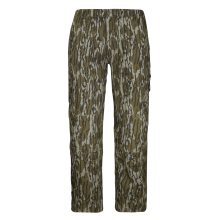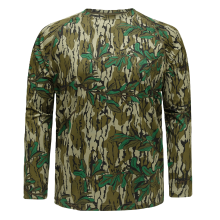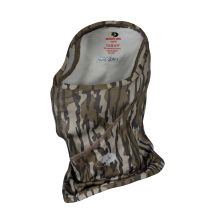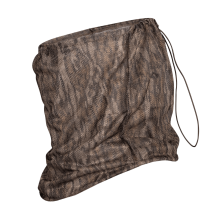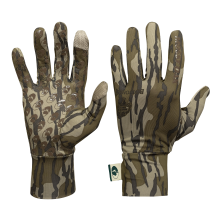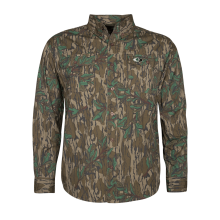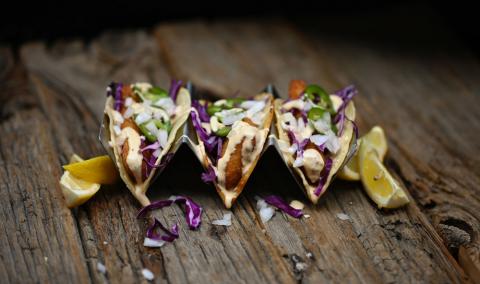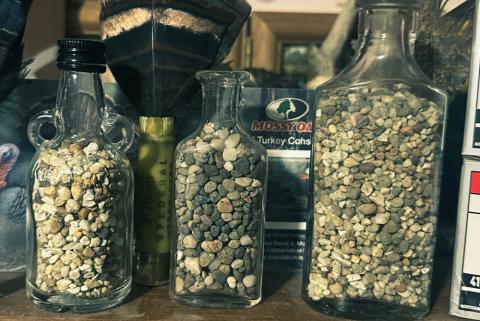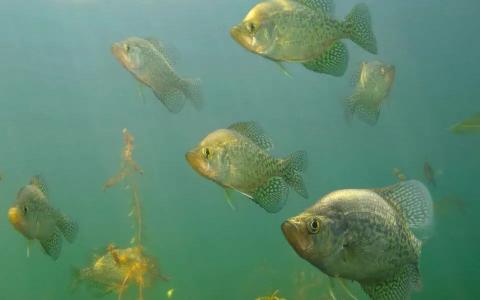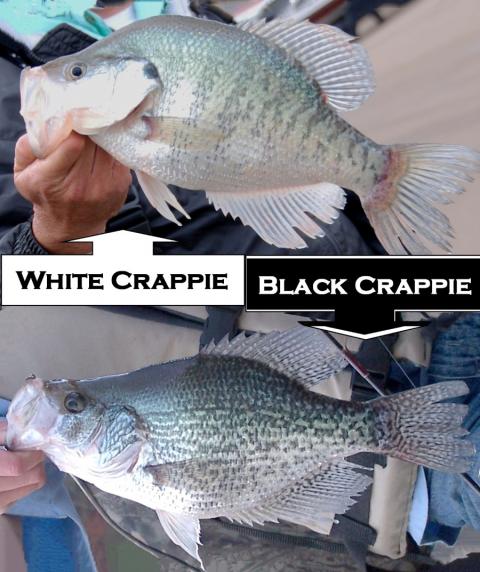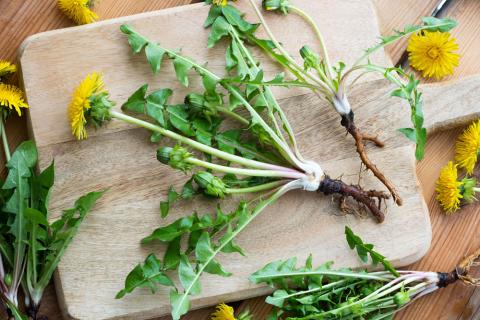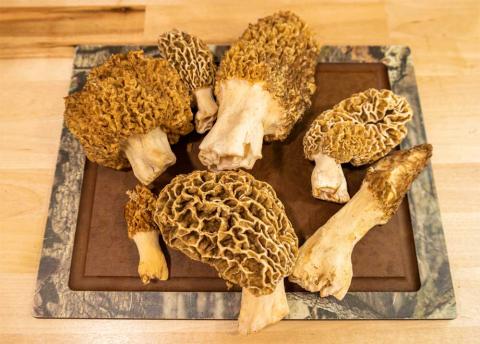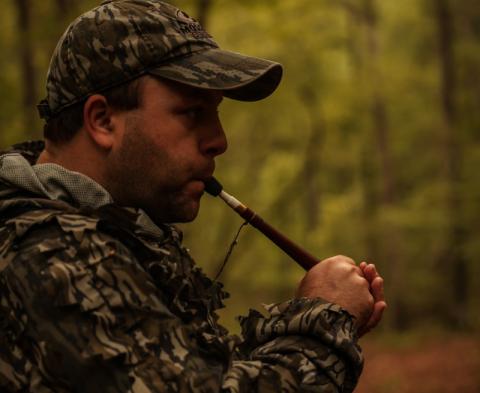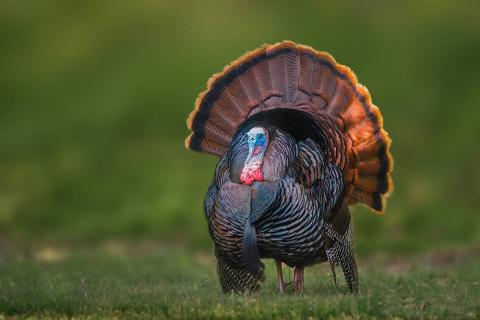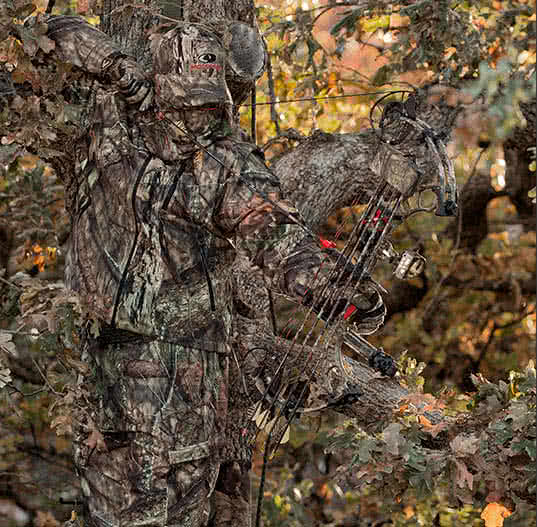By Beka Garris
With the warming of spring and the greening of leaves, the thoughts of many hunters and outdoorsman turn to foraging. Morel mushrooms, ramps, wild onions and fiddlehead ferns are high on the list for many foragers, and these plants are all splendid table fare. However, there ares some of us who enjoy foraging for the slightly brighter side of things — literally.
Flowers: dandelions, red bud and violets are always on my list in the spring, before the first grass cutting and before the warmth of the sun forces the red bud trees to sprout leaves and lose the flowers. My daughters and I don our rain boots, pack a picnic and set out with our buckets in search of spring flowers.

My favorite flower to forage for this season has been red bud. Red Bud is a native tree that is common over most of the eastern United States. It’s one of the first trees to bloom, creating splashes of pink and lavender in a sea of otherwise brown and green growth.
If you’re planning to go seek some out to forage the flowers, it’s quite common to find it in mixed hardwood forests along field edges and creeks. However, it’s also common to see it planted in cities and towns as an ornamental shrub due to the fact that red bud trees stay fairly small – generally growing to about 12-16 feet tall. Finding a young tree is always preferable as it’s easy to reach the branches.
There are no trees that look similar to red bud in the spring, so it’s a fairly easy tree to spot and identify. The bark of the tree is dark and smooth, and the branches tend to twist while they reach skyward. It’s a great option for first time foragers and kids!

The flowers are light pink or even lavender and white to dark fuschia, and grow in small clusters along the branches. There is no real floral scent to them, however they are one of the first flowers to appear for pollinators, thus attracting plenty of bees.
The flowers can be picked and eaten as is, (they make a great addition to salads or dishes as a garnish), you can fry the flowers, add them to baked goods, or used to create lightly floral jelly that is a hot pink color. Native Americans used red bud frequently as much of the tree is useful at various times of year.
In some parts of southern Appalachia, green twigs from the eastern redbud are used as seasoning for wild game such as venison and opossum. Because of this, in these mountain areas the eastern redbud is sometimes known as the spicewood tree.
My favorite thing to make with red bud flowers is jelly. It is the preferred wild jelly in our household, and it is sweet with a light floral flavor. It can be eaten on toast or bread, or straight from the jar like jello – if you have kids you’ll find this is the preferred way!

RED BUD JELLY
4 cups redbud flower petals, rinsed
4 cups water
2 Tbsp. lemon juice
4 cups sugar
1 box regular pectin (I use Sure Jell)
Instructions
- Place redbud flower blossoms into a large jar or bowl
- Bring 4 cups of water to a boil and pour over the redbud flowers. This is essentially creating a “tea”.
- Add the lemon juice to the tea and mix well. The lemon juice aids in the color and is necessary if you’re canning the jelly so do not omit.
- Cover and let it steep for 24 hours.
- Pour through a fine mesh strainer into a large saucepan. Squeeze flowers to allow as much liquid to drain through the strainer as possible.
- Turn the burner to high heat and bring the mixture to a boil, then add the pectin and stir.
- Return the mixture to a boil and allow it to boil for one minute.
- Add the sugar and bring the mixture back to a rolling boil, stirring while boiling for 1-2 minutes
- Ladle into prepared sterilized jars.
- You can choose to hot water bath can (10 minutes) or let the jelly set up and refrigerate.
To make a syrup simply omit the pectin. This is a great way to create a dye free homemade”pink” lemonade. Just add the syrup in place of sugar in your lemonade recipe.







